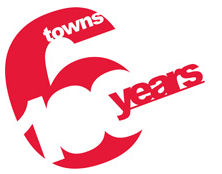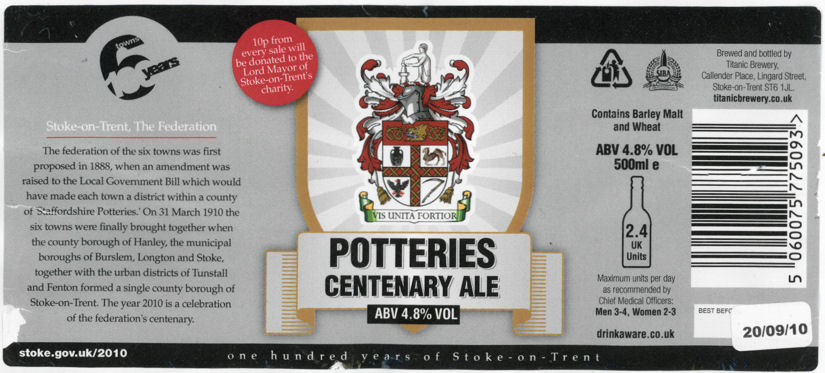|
The
characters at the first meeting - It was exactly
11am on Friday 1st April 1910 that the Hanley
auctioneer Walton Stanley and the local oil magnate Sampson
Walker climbed out of a chauffeur-driven limousine into the
spring sunshine of Winton Square Stoke. |
|
The
first Chief Constable - If electing Stoke-on-Trent's
first mayor was tricky the appointment the first Chief
Constable was trickier. In
1910 Hanley was the only town with an independent police
force..... |
|
Sam
and Harold Clowes - Family dynasties often have
substantial influence in the way the city is governed. One
such family are the Clowes's. |
|
The
Barber Dynasty - If you glanced at a list of City
Councillors for the period between 1936 and 1942 you'd see
something rather unique. For there, on the benches of the
council chamber, you'd find a father, his son and his
grandson sitting side by side; an exceptional case of
political ancestry. |
|
Harry
McBrine - McBrine was the rarest of all
Stoke-on-Trent's councillors for he was the last of
the original federation founders to hold the office of Lord
Mayor. He must have thought his chance would never come. And
it has to be said that it may never have if it had not been
for the war when many younger politicians had been called
up. |
|
The
Labour Party - By 1929 the Labour Party began
strengthening its ranks on Stoke-on-Trent council with the
support of trade unions. While most of the original pottery
manufacturers had been replaced by tradesmen and retailers,
there were only 14 councillors who were manual workers of
which seven were union officials. |
|
James
Plant and Albert Bennett - On 24th April
1945, major plans were unveiled for the reconstruction of
Stoke-on-Trent. This pioneering document had been prepared
by the council's chief planning officer, James Plant, an
academic architect who was under no illusion that he would
be the man who would transform Stoke-on-Trent into a
powerhouse for regional development and enterprise. |
|
William
Hancock - Conservative politics have seldom been
fashionable in the Potteries. One name, though, that gained
notable esteem forty years ago, was that of a Conservative
whose alternative strategy to Labour's plans to elevate the
status of Stoke-on-Trent as a regional administration,
certainly influenced the way we've been governed since. |
|
Horace
Barks - whose uninterrupted 44 year stint was mostly
served as chairman of the genuine museums and libraries
committee. And it was because of his individual appreciation
of the subjects that Stoke-on-Trent has the outstanding
services recognised today. The basalt plaque at the entrance
to the City Central Library claims that Barks was the
'Father of the City Libraries and Museums' - a remarkable
statement - but true. |
|
Arthur
Cholerton & Ronald Southern
- In
1977 Labour had hit rock bottom and needed a strong
leader to change its fortunes. That leader was Arthur
Cholerton.
Southern used the government's garden festival proposals to
liberate de-industrialised city locations. Southern
chose as his principal collaborator the regeneration company
St Modwen who followed it up by redesigning the site into a
hugely successful regional business and retail park. |
|
Ted
Smith - No single politician has caused more
polarised debate than Ted Smith. He was a romantic
chauvinist; hero and anti-hero at the same time – a
bare-knuckle politician who’d scrap with anyone to promote
and profit Stoke-on-Trent. |
|
Stoke-on-Trent
MP's - Most Stoke-on-Trent MPs have been bound
in grassroots socialism, first through the waning Liberals
and then Labour. |
|
Parliamentary
Elections Pt 1 - In 1832 Stoke-on-Trent elected its
first MPs, both pottery manufacturers. Josiah Wedgwood II
was a Liberal and John Davenport a Conservative. It was the
Liberals, though, who set the model of electing MPs
associated with industry even though few were locally born. |
|
Parliamentary
Elections Pt 2 - As far as our patch goes communism
ignited in 1920, its flames stoked by a humble Silverdale
woman named Fanny Deakin (1883-1968) |
![]()


